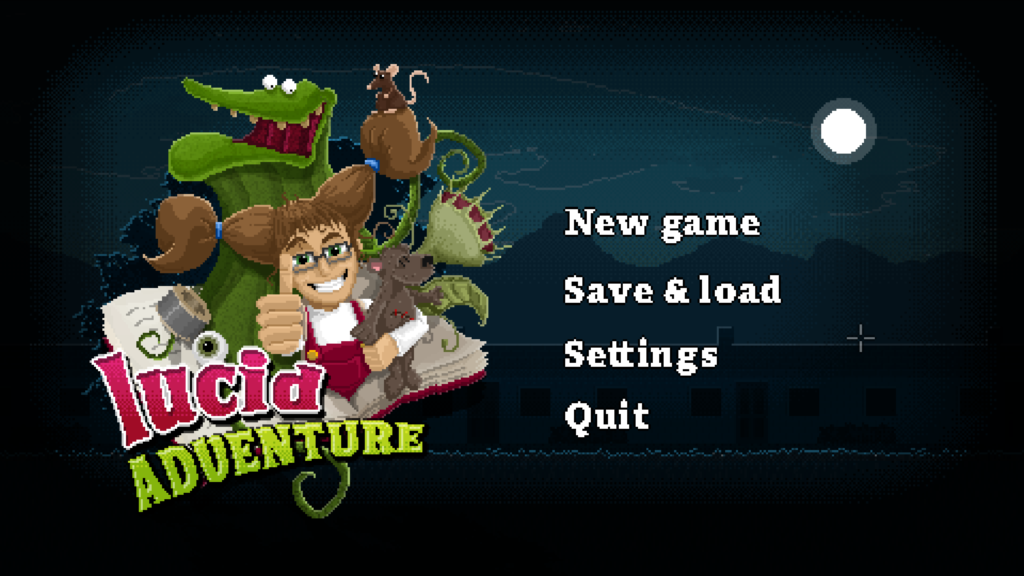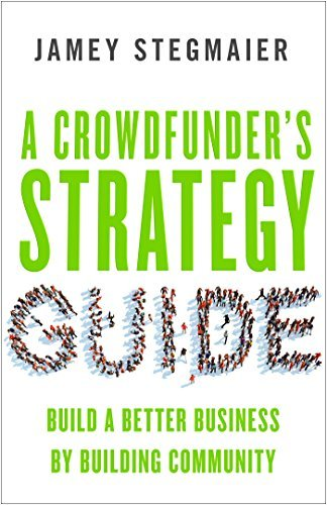After a bit of a crisis of confidence last week where the narrative of the game seemed to have evaporated into an over-complicated and vague nonsense, I brought it back with the help of my wife who managed to talk me down. A sobering reminder to continually involve other people in the creative process to keep my own ideas (and sanity) in balance with the wider world.


I have now got the demo to a point where it’s just some finishing touches and polishing that needs doing before I send it out to the selection of gamers, developers and friends who have agreed to test it for me.
Poor bastards.
This has also re-focused my attention on the wider campaign for crowdfunding the full game. I am not looking to become rich, but equally I don’t have a desire to be significantly poorer at the end of the project just because I am enjoying the process of building it. I need to work out a solid budget which takes into account additional expenses like voice/overs and music, fees from platforms like Kickstarter and Steam and also how much revenue I can expect post-launch (answers on the back of a postcard please).
I am building Lucy Dreaming because I LOVE point and click adventure games, I LOVE storytelling and I LOVE drawing weird shit on my computer. Those are the reasons I have got to this point, and why I will fight for its success.
But this is my first commercial game, and although I’d rather stick my fingers in my ears and go blindly forward powered by whimsy and blissful ignorance, I also know that I need to make my calculations and projections as accurate as possible if I want to enjoy any degree of success.
Taking time
I understand digital marketing and advertising – it’s what I do for a living – but crowdfunding is very different to the traditional promotions and campaigns I’m used to.
To learn more about the nuances of crowdfunding specifically I used one of my spare Audible credits to purchase A Crowdfunder’s Strategy Guide by Jamey Stegmaier. At the time of writing this, I haven’t finished listening to it yet but the first rule of “You don’t need to launch today!” really spoke to me.
In life (and more specifically with creative projects) I have a tendency to rush things and have often come unstuck when I’ve announced or launched something before it was 100% ready. I then end up in a frantic meleé of fixing things post-launch and generally making life significantly more difficult for myself.
The book also recommends taking at least 2-3 months to build up a community around the project/product you want to crowdfund, engaging with them regularly and involving them in the process.
I have already done this to a small degree over the past few months, but I am going to be ramping this up a bit – so expect to see more questions and polls on Twitter/Facebook and hopefully a few more posts on this blog which has been a bit neglected recently.
I have become the backer of a few similar games on Kickstarter, not only because I believe in them, but also to see how others are tackling the same obstacles and opportunities, what they are doing well and where things could (in my opinion at least) be improved.
There’s a LOT of work to be done if I want the campaign to be a success, and I hope you’ll enjoy being a part of the process with me.
Please feel free to let me know what you think in the comments below, or on Facebook or Twitter.
Tom x

